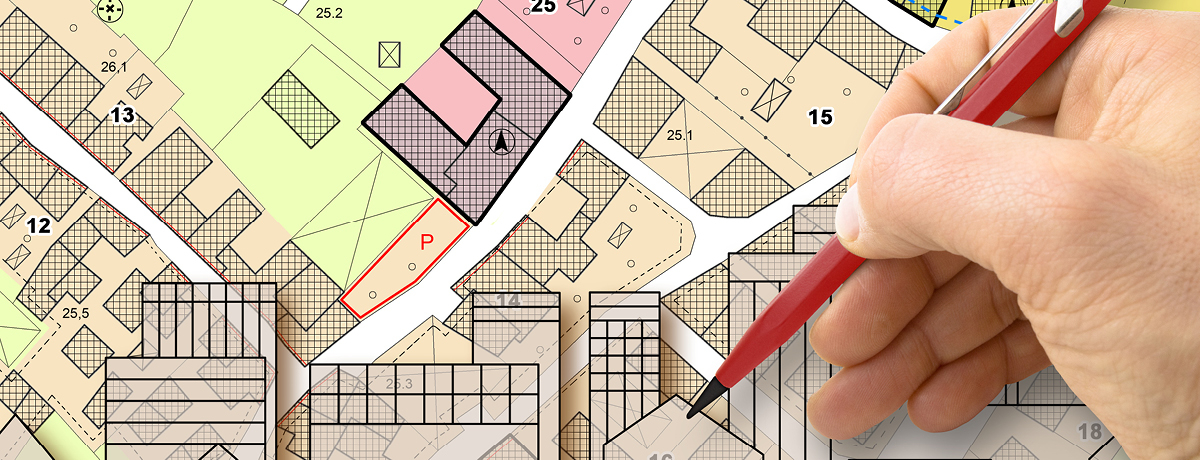In the United States, most large cities have zoning laws that determine where construction projects are allowed to build. They regulate what can be built in the city and their dimensions. There are some cities that are exceptions to this, such as Houston, which does not have this type of law. In contrast, New York City has some of the strictest zoning laws in the country. Understanding what zoning means is vital if you want to influence the process of urban development in your community. Much of what is being built in your neighborhood is bound by zoning laws.
Zoning laws exist, among other reasons, to protect the health and safety of residents in a community. If done correctly, zoning can encourage inclusion, create opportunity, protect against overcrowding, help maintain park spaces, and prevent truly incompatible land uses from sharing the same space.
Zoning regulates two main elements: the use of the land and the size and shape of what is built on the land. Land use in zoning traditionally includes three groups: commercial, residential, and industrial areas.
- Commercial areas include businesses, spaces for offices, shops and restaurants.
- Residential areas include housing and “community buildings” that benefit residents. This includes schools, hospitals and laundries.
- The industrial zones are dedicated to the service of the industry and include structures like automotive factories, garment factories, and warehouses.
- Zoning does not usually allow the construction of residential housing or commercial buildings within industrial zones. However, this has recently changed in cities where there is a growing demand for housing and the potential for profit from the construction of luxury housing.
Zoning also regulates the size and shape of buildings. The main measure used to determine the density of a building is called Floor Area Ratio (FAR). The FAR is measured by calculating the Total Area of the floor and dividing it by the Lot Area. Zoning also regulates how high a building can be, how much space should exist between buildings, and how far it should be located from the street. Additionally, in relation to land use and density, cities often have "special zoning districts," which exist to preserve the characteristics of a certain neighborhood or promote certain types of construction in the community.
Builders must abide by existing zoning laws in the neighborhood. If they want an exception from the existing laws, they can apply for something called a “variance.” A variance can be easily granted if the local planning commission is controlled by the builders and their interests, or if the commission believes the project will benefit the community.
A change in neighborhood zoning laws is called a “rezoning.” It may also be called a “plan amendment” or a “zone change”. A rezoning can be proposed by the community, the city, or a builder. Upzoning increases the density of construction in the neighborhood. It is often a way in which a city promotes urban development in the neighborhood. Some people believe that this is a way to create additional housing options and reduce housing costs. However, it can also increase the number of construction accidents if not supervised correctly. Unfortunately, workers are often the victims of expedient and negligent city planning.
New York State has a variety of laws on the books designed to protect construction workers, and builders need to be familiar with these laws along with the local zoning laws. Perhaps the most well-known of these worker protection laws is Labor Law Section 240, known as the “Scaffold Law.” This law requires all workers performing certain tasks related to elevation to be provided with adequate safety devices. New York also has Labor Law Section 241(6), which requires builders to comply with the Industrial Code.
Downzoning is the opposite. It can be a way to restrict the urban development process and can lead to neighborhood gentrification because the amount of housing in the neighborhood decreases. Rezoning may also change the land use that is permitted in the neighborhood. This is a way to bring more housing projects that are needed in the neighborhoods, but it can also lead to the loss of manufacturing jobs for community.
Zoning was established to create a balance between neighborhood communities and construction endeavors. It is almost impractical for zoning laws not to be controversial, but the ultimate goal should always be a symbiosis between residents and builders.































